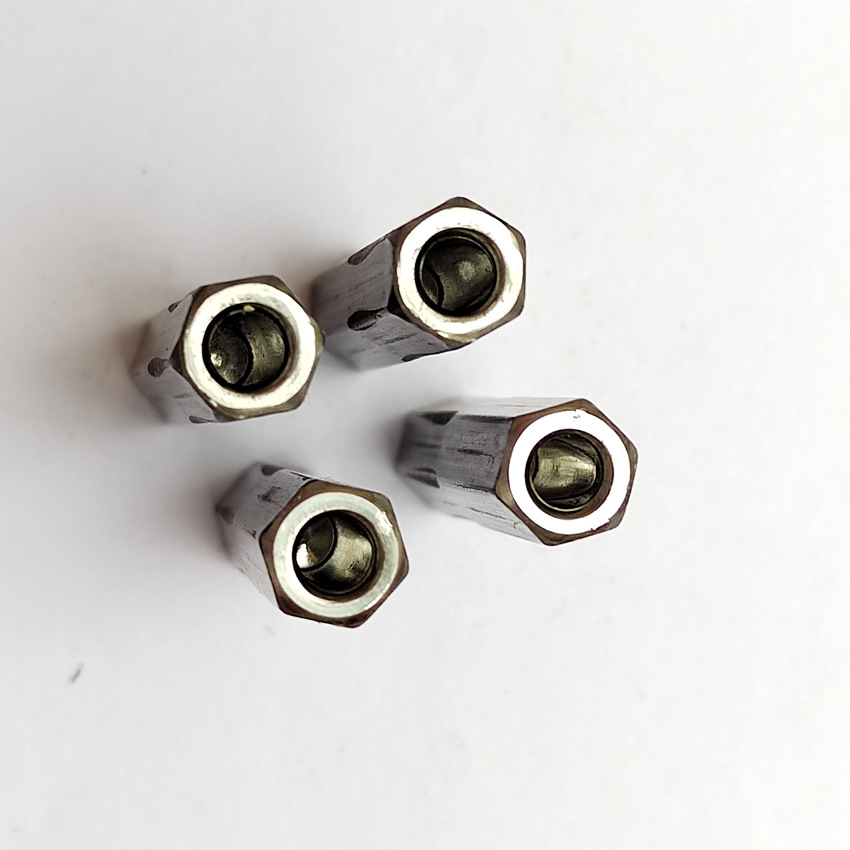How to Effectively Use PIR Motion Sensors in Outdoor Environments
08/23/2024 In today’s technologically advanced world, PIR (Passive Infrared) motion sensors have become a cornerstone for enhancing security and automation. Their versatility allows them to be used in various settings, but one of their most critical applications is in outdoor environments. Effectively utilizing PIR motion sensors outdoors can significantly boost security, energy efficiency, and convenience. Here¨s how to harness the full potential of these devices.pass wired PIR motion sensor As can be seen from its market performance, it has strong vitality and strong appeal. https://www.sunlit-tech.com
PIR motion sensors work by detecting changes in infrared radiation within their field of view. This makes them ideal for outdoor environments where detecting movement or changes in heat patterns can be crucial. These sensors, often referred to as PIR detectors, are designed to identify the heat emitted by moving objects, such as people or animals, which makes them highly effective in surveillance and security systems.When installing PIR motion sensors outdoors, the key is to understand their operating principles and optimize their placement. Unlike indoor environments, outdoor spaces can present challenges such as varying temperatures, weather conditions, and potential obstructions. To maximize the effectiveness of your motion detector sensors, it¨s essential to consider these factors carefully.
First and foremost, the placement of PIR motion sensors is crucial. Positioning them at strategic locations can help cover larger areas and ensure comprehensive monitoring. Common placements include near entryways, driveways, and garden paths. It¨s important to avoid placing sensors directly in the path of sunlight, as extreme heat can interfere with their ability to detect motion accurately. Additionally, ensure that the sensors are installed at a height that allows them to effectively cover the desired area without being obstructed by foliage or other objects.
Adjusting the sensitivity of your PIR motion sensors can also enhance their performance in outdoor settings. Many models come with adjustable sensitivity settings, which can be fine-tuned based on the specific needs of the environment. For instance, you might want to set a higher sensitivity level for areas with frequent foot traffic or lower sensitivity for locations with less activity. Proper calibration ensures that the sensor responds accurately to real threats while minimizing false alarms.Incorporating motion sensor alarms into your outdoor setup can add an extra layer of security. These alarms are activated when the PIR motion sensors detect unusual movement, providing immediate alerts and deterrence against potential intruders. Integrating these alarms with a broader security system can further enhance their effectiveness. For example, pairing PIR motion sensors with video surveillance cameras can provide a comprehensive security solution that not only detects but also records suspicious activities.Another important consideration is the power source for outdoor PIR motion sensors. Many models are designed to be weather-resistant and can operate on battery power or be hardwired into an electrical system. Battery-operated sensors offer flexibility in placement but may require periodic maintenance to ensure they remain operational. On the other hand, hardwired systems provide a more permanent solution but require more extensive installation.
Weatherproofing is essential for outdoor PIR motion sensors to ensure their longevity and consistent performance. Choose sensors specifically designed to withstand various weather conditions, including rain, snow, and extreme temperatures. Proper installation with sealed enclosures can help protect the sensors from environmental factors that could otherwise impact their functionality.Regular maintenance is also key to keeping your PIR motion sensors in top working condition. Periodically check the sensors for any obstructions, dirt, or debris that may affect their performance. Cleaning the sensors and ensuring that they are free from obstructions will help maintain their sensitivity and accuracy.
In summary, effectively using PIR motion sensors in outdoor environments involves careful planning and consideration of various factors. By strategically placing sensors, adjusting their sensitivity, integrating motion sensor alarms, and ensuring proper weatherproofing and maintenance, you can maximize their benefits. These steps not only enhance security but also contribute to a more efficient and automated outdoor space. Embracing these practices will help you make the most of your PIR motion sensors and ensure they serve their purpose effectively.